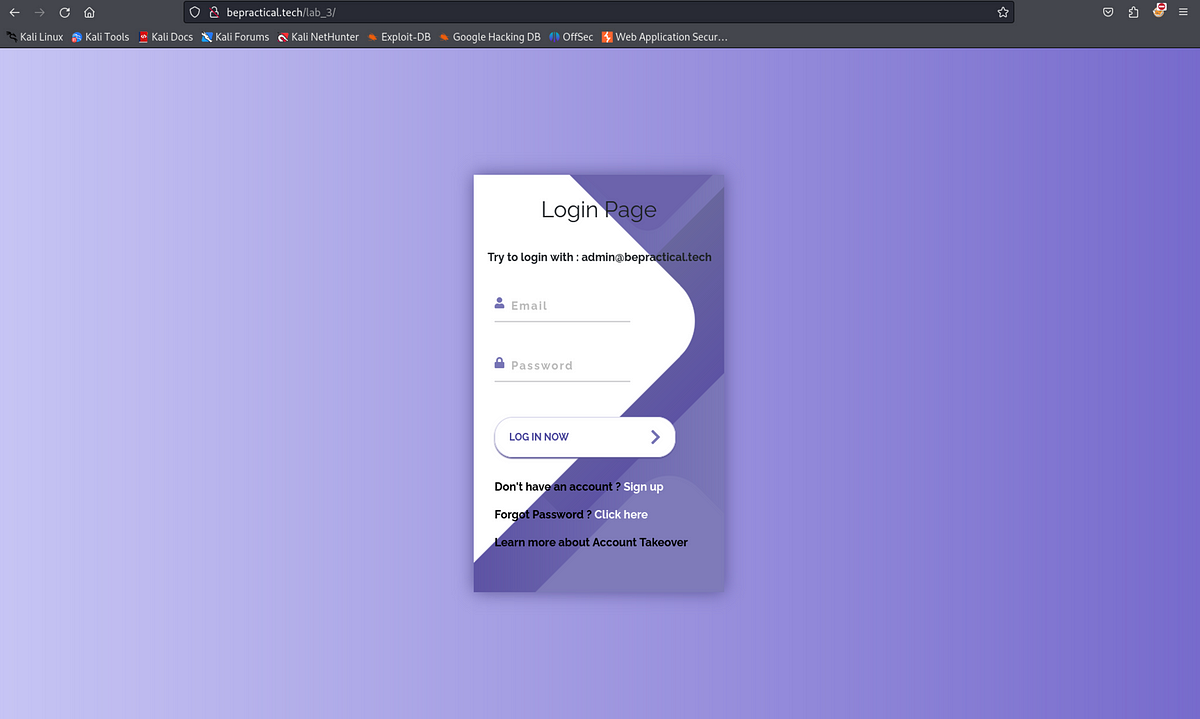BOOK THIS SPACE FOR AD
ARTICLE ADIn the ever-evolving landscape of cybersecurity, the term “privilege escalation” has become a buzzword, often associated with sophisticated cyber threats. Privilege escalation attacks represent a critical challenge for individuals and organizations striving to safeguard their digital assets. In this comprehensive guide, we’ll unravel the intricacies of privilege escalation attacks, exploring their types, techniques, and preventive measures.
Understanding Privilege Escalation A PrimerPrivilege escalation refers to the unauthorized elevation of user privileges, granting an attacker higher-level access than originally intended. This type of attack aims to exploit vulnerabilities in a system to gain access to sensitive information, manipulate data, or compromise the integrity of the targeted environment.
2. Types of Privilege Escalation Attacks
A. Vertical Privilege Escalation → In this scenario, an attacker seeks to escalate their own privileges within the same user account, gaining access to more sensitive information or capabilities.
B. Horizontal Privilege Escalation → This involves an attacker gaining the privileges of another user account at the same privilege level. This could occur within a shared environment, allowing unauthorized access to additional resources.
C. Elevation of Privilege (EoP) → EoP attacks involve escalating privileges from a lower level to a higher level, often targeting vulnerabilities in the operating system or applications.
3. Techniques Employed in Privilege Escalation Attacks
A. Exploiting Software Vulnerabilities → Attackers often target vulnerabilities in software, leveraging exploits to gain unauthorized access or escalate privileges. Regular software updates and patch management are crucial to mitigating this risk.
B . Credential Harvesting → Obtaining login credentials through various means, such as phishing attacks or brute-force techniques, enables attackers to impersonate legitimate users and escalate privileges.
C. Misconfigured Permissions → Improperly configured permissions on files, directories, or system resources create opportunities for…
.png)
 3 months ago
64
3 months ago
64 














 Bengali (Bangladesh) ·
Bengali (Bangladesh) ·  English (United States) ·
English (United States) ·